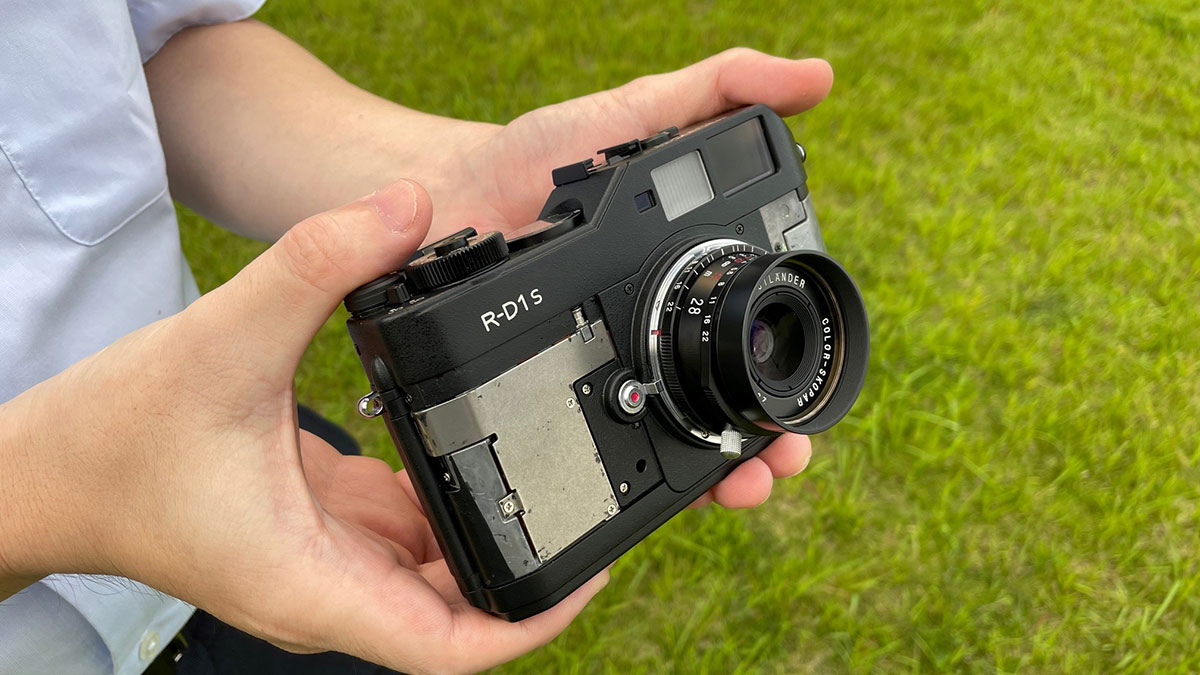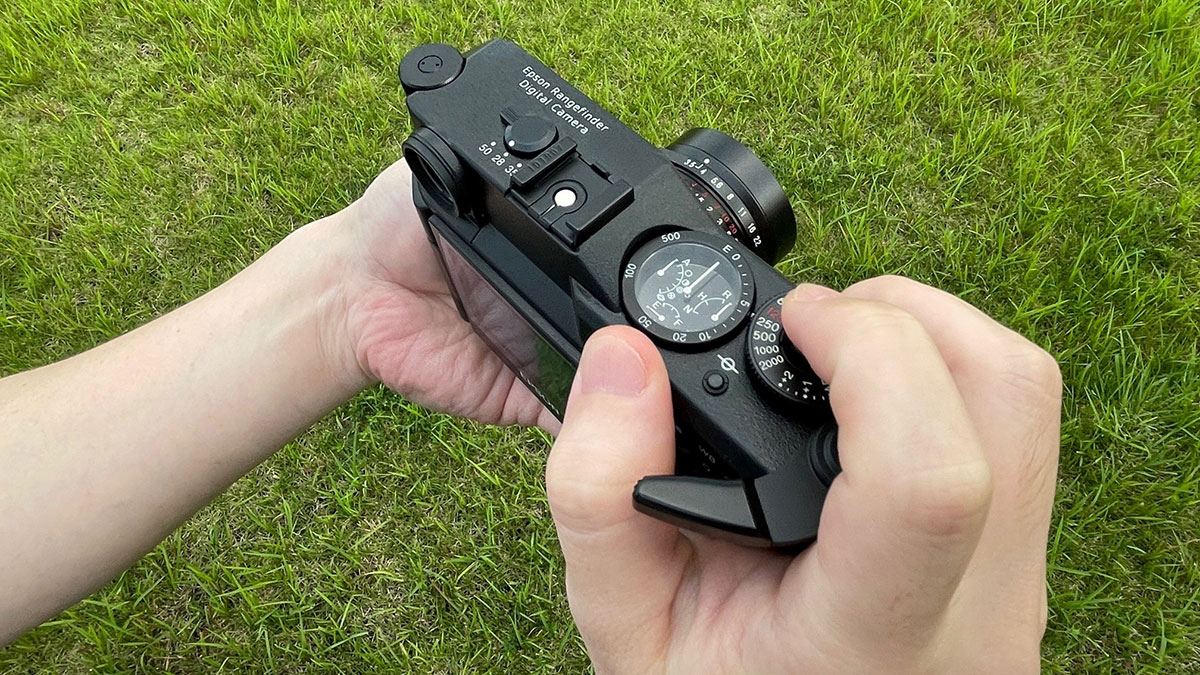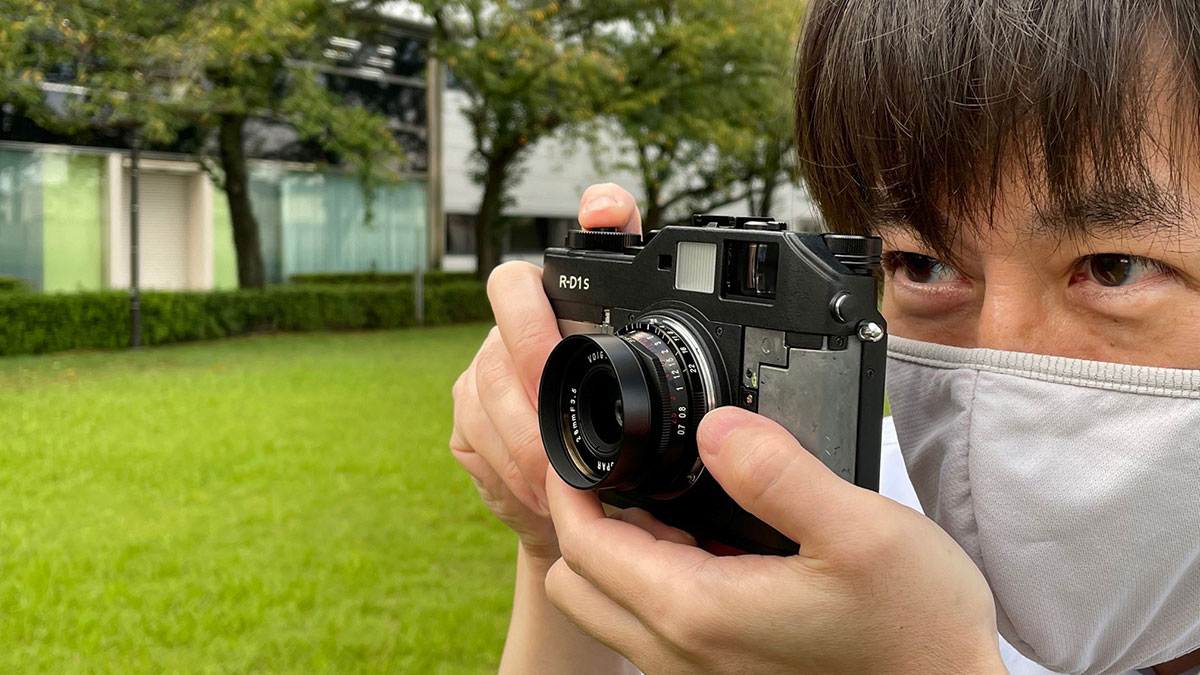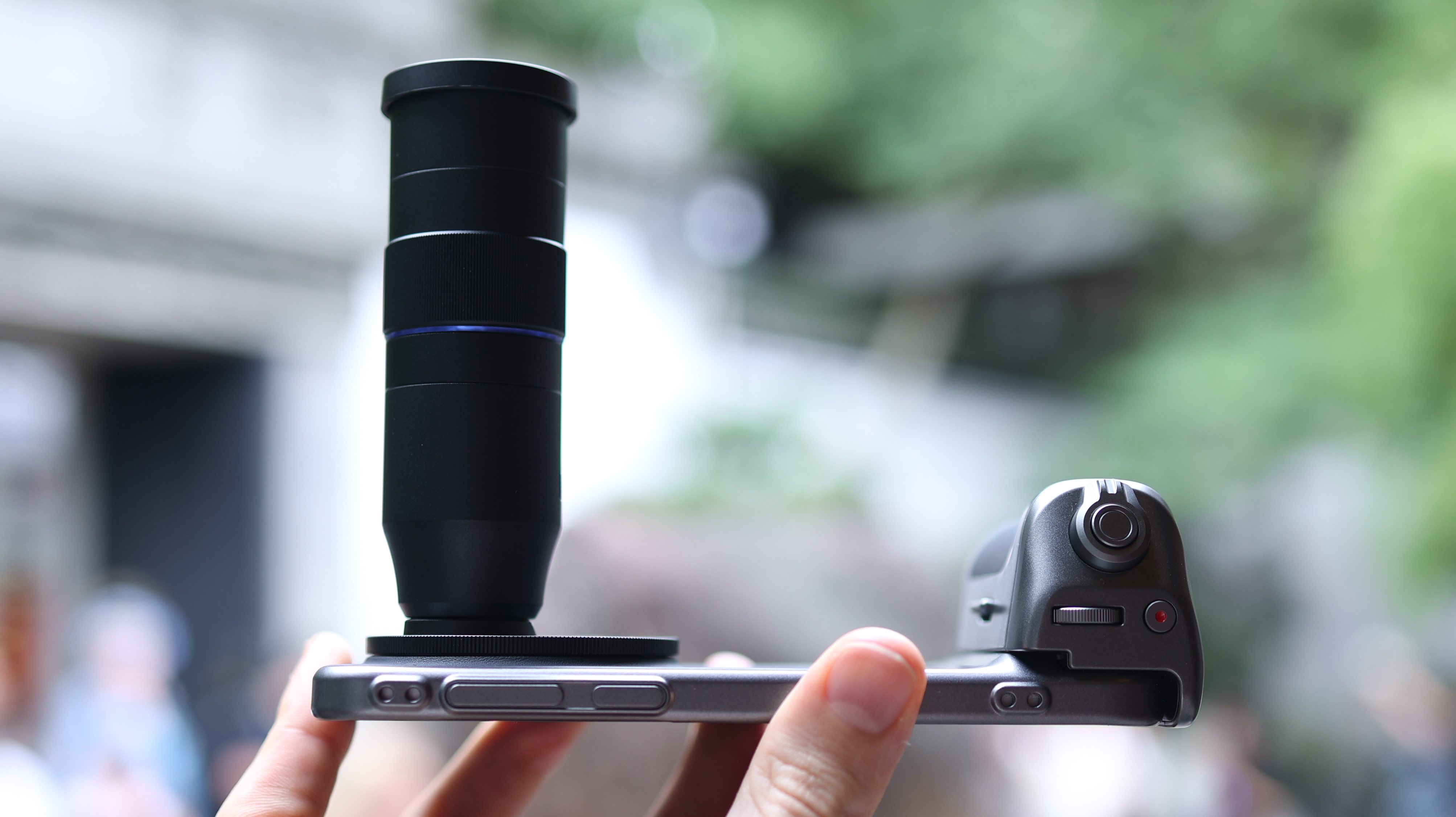Epson made Leica clones – and it’s just discovered a box of them in a warehouse!
The camera in question is the Epson R-D1s, a rangefinder camera styled after classic Leicas and Voigtländers… but digital

Even photographers with long memories may have to take a moment to remember the Epson R-D1, originally launched in 2004 and updated to the R-D1s in 2006 with JPEG+raw mode (gasp), Adobe RGB capture, long exposure noise reduction and a Quick view option.
Otherwise, the two cameras are the same, with a 6-megapixel APS-C CCD sensor, manual rangefinder focusing, a manual wind-on lever to cock the shutter (yes, really) and a Leica M lens mount – you could use Leica screw lenses with an adaptor.
Even then, Epson was best known for its printers, scanners and office equipment, so the release of an upmarket digital rangefinder camera was like a bolt from the blue. It was a high-quality camera made in conjunction with Cosina, a lesser-know Japanese brand, still active today, that championed classic rangefinder cameras and still makes Voigtländer lenses – which are actually enjoying something of a resurgence.
The Epson R-D1 didn’t last long, alas. It was big, heavy, expensive and slow to use (your author did actually use and review this camera way back in 2004) and photographers at the time were more concerned with technology and value than attempts to recapture a lost era.
How times have changed! In today’s market, the retro R-D1 might find a much more willing audience, especially with a modern full-frame sensor.
Epson made its announcement in a news story on its Japanese website (Google can translate it for you), where it goes into more detail about the cameras and the discovery.
Epson explains that it has decided to offer all 30 ‘lost’ R-D1s cameras in a free lottery. The cameras do need some cosmetic work to replace decayed grips, and they do not have batteries or chargers, but once that’s done the lucky lottery winners will get an as-new camera from another era – with, alas, digital imaging tech from another era.
The best camera deals, reviews, product advice, and unmissable photography news, direct to your inbox!
The bad news is that you have to be the owner of an original R-D1 to enter – and you have to supply evidence to show that – and you have to live in Japan.
Oh well. In the meantime, the rest of us will have to make do with a Leica M10R. We’ve not heard of Leica discovering any free ones of those, so best start saving now.

Rod is an independent photography journalist and editor, and a long-standing Digital Camera World contributor, having previously worked as DCW's Group Reviews editor. Before that he has been technique editor on N-Photo, Head of Testing for the photography division and Camera Channel editor on TechRadar, as well as contributing to many other publications. He has been writing about photography technique, photo editing and digital cameras since they first appeared, and before that began his career writing about film photography. He has used and reviewed practically every interchangeable lens camera launched in the past 20 years, from entry-level DSLRs to medium format cameras, together with lenses, tripods, gimbals, light meters, camera bags and more. Rod has his own camera gear blog at fotovolo.com but also writes about photo-editing applications and techniques at lifeafterphotoshop.com


